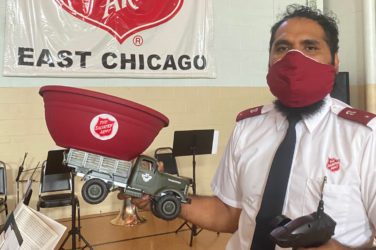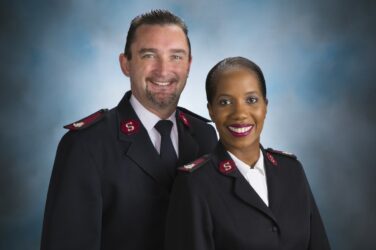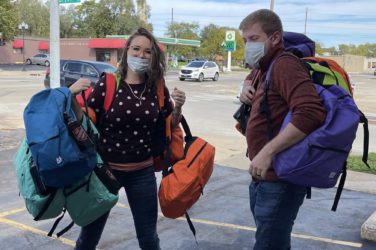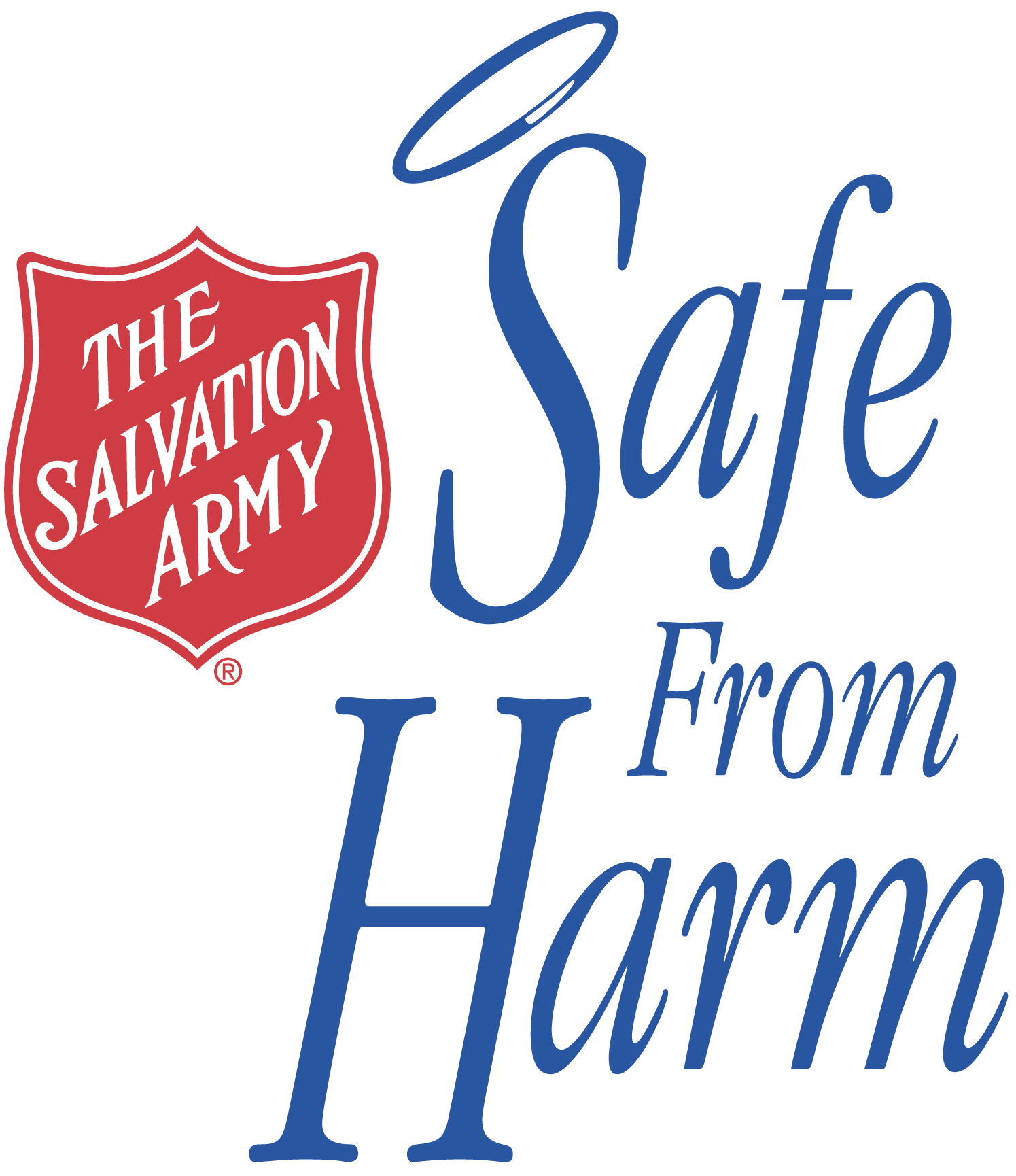 Local leaders are key to implementing Safe from Harm (SFH) in their corps. So, this issue seems a perfect time to revisit the territory’s child and vulnerable safety program and policy with its director Megan Olson, who’s been leading the charge since 2013.
Local leaders are key to implementing Safe from Harm (SFH) in their corps. So, this issue seems a perfect time to revisit the territory’s child and vulnerable safety program and policy with its director Megan Olson, who’s been leading the charge since 2013.
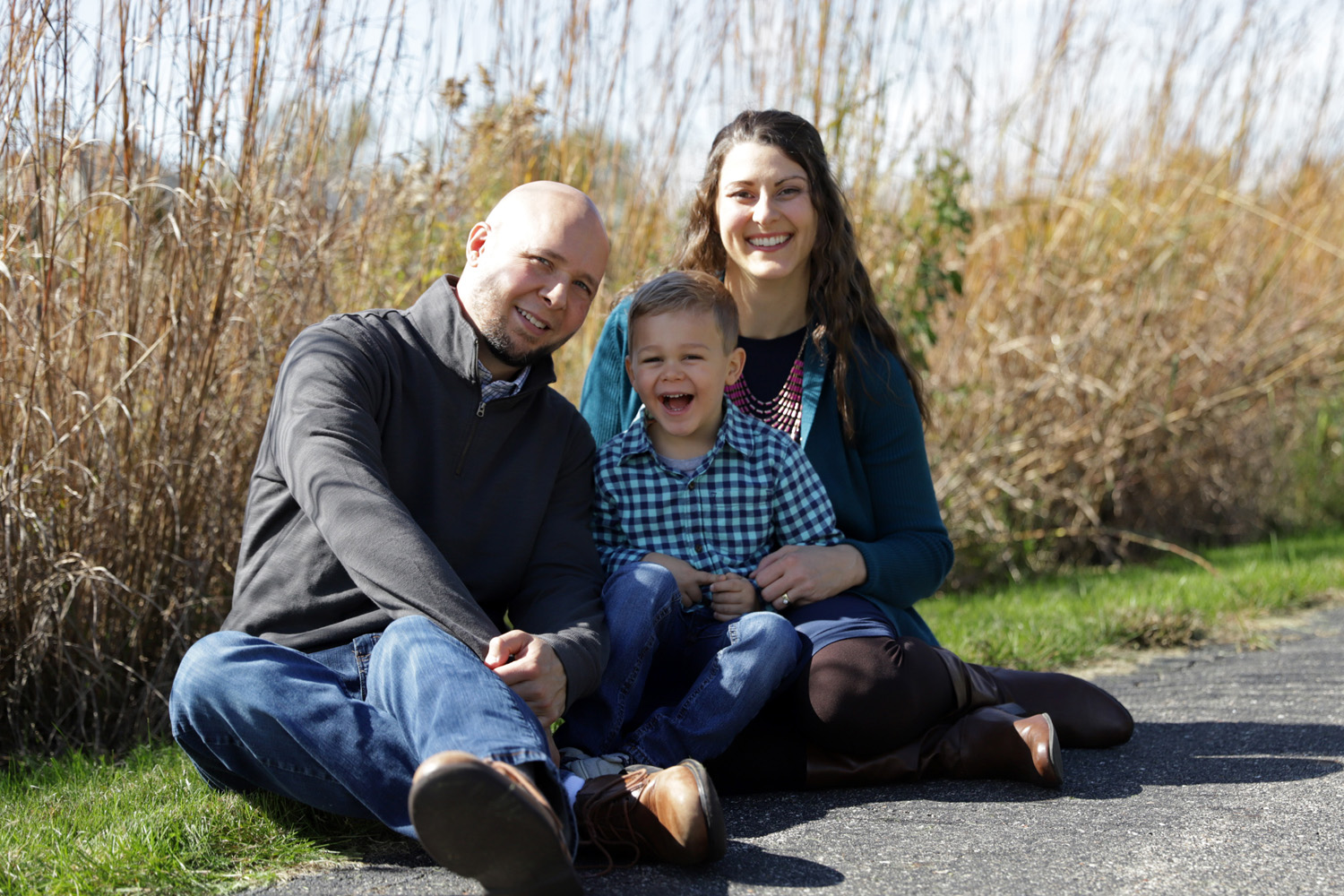
Why should leaders in a corps care about making sure Safe from Harm is implemented?
Jesus served and healed vulnerable adults throughout His ministry on earth—the poor, the elderly, those who were differently abled. He cared deeply about people and showed that through His actions, so Salvationists should, too. We should care about implementing SFH because keeping people safe is an act of love.
Children are the future of the Church, the future influencers of our culture and the future leaders of our country. The elderly give us wisdom, and differently abled people help us recognize what it truly means to be made in the image of God. For all of that, SFH is worth investing in.
And, when implemented right, SFH offers added protection for soldiers and officers from false allegations that could be made against them or from falling short of mandated reporter obligations they may be held to by law.
What’s the benefit of Safe from Harm to a corps and the Army as a whole?
It’s a way of showing love, exercising care and compassion, demonstrating wisdom and placing value on those we serve, showing we are willing to create the most optimal environment to allow for focus in achieving our mission. It not only protects people but builds community trust and helps protect us from lawsuits that hinder our organization’s resources. It’s a win-win.
How is SFH achievable for a smaller corps without lots of leaders?
By working together to employ the reasoning, problem-solving and creative abilities endowed to us by our amazing Creator. He made us part of a diverse Body so we can work together for His Kingdom. Let’s not forget our resource people! Consult with your divisional or command SFH coordinator or myself for ideas and guidance. We are part of your team!
What challenges does a larger corps with sufficient leaders face and how can they address them?
Even if a corps has lots of people, everyone must take responsibility. We can’t just think someone else is taking care of SFH. Also, if there are a lot of people across the age span, there may be differences among generations about the value of SFH and what safety measures look like. It needs to be talked about and planned out, people need to be properly trained, and it needs to be kept fresh as a priority. Lastly, leaders need to set a strong example by promoting SFH as a benefit to their corps and the organization and implementing it.
What do you feel is most misunderstood about SFH?
Unfortunately, there is a misperception that it’s all about what you can’t do, that SFH doesn’t allow ministry or that it just prevents lawsuits. If you think of what could result from failure to implement SFH, you’ll start to realize how it truly impacts lives and allows us to facilitate ministry in a quality way.
What role is the new National Child Protection and Vulnerable Adult Safety Committee playing?
We are promoting holistic integration of important safety and prevention measures in collaboration with other entities like the Youth Commission and the training colleges; reviewing national policies, standards and procedures; and providing feedback to International Headquarters about international policies regarding child and vulnerable adult safety; and creating more sophisticated tracking systems to help the Army make informed decisions.
How will implementation or coordination with national and international policies and committees affect what this territory has been doing with SFH?
In the last five years International Headquarters introduced a child protection policy framework setting an expectation for the Army worldwide. Minimum standards on a national level also have been developed. Our program in the Central Territory has strong and stable bones in the majority of the areas they address, but we still need refinement of the existing structure and building of some new structures.
What keeps you motivated in this demanding and difficult work?
God’s heart for vulnerable and broken people. Stories of abuse survivors. Hearing firsthand from program participants about the positive, life-changing impacts of The Salvation Army’s mission. The investment of leaders and devoted professionals across the territory. Being prayed for and praying for others. A person’s “aha” moment during SFH training. Words of affirmation. My supportive husband and my son for whom I want to provide the safest faith-bolstering experience when in Salvation Army programs.
Has having a son given more insight or urgency to SFH for you?
He certainly has offered a new perspective. In one of my trainings, someone put it this way, “For parents, The Salvation Army is being entrusted with their most prized possession when they drop their kids off for programs or camps.” I agreed with that before having our son, but he’s taken it to a new level.
What I want most is for him to know Jesus and have an authentic relationship with Him. Because the Church and fellowship of believers play a role in this, safety in the spiritual context is absolutely necessary. Ministry, training and discipleship are relational, meaning that when there is foul play within them or negligence around them, the troubling effects can reach the very soul. For the sake of these souls, we cannot fail at SFH.
How does your faith play in?
It’s really what upholds and sustains me—a light that is able to overcome the dark and troubling realities of abuse and exploitation in our world. It fuels in me a passion for safeguarding the innocence of youth and for accountability and justice, and it reminds me that God can restore what is broken in remarkable ways. My faith drives my work with the ultimate objective of SFH helping to provide safe contexts for our ministries where God can change lives and save souls.
Safe from Harm was introduced in the Central Territory in 2001. As we approach its 20th anniversary, what progress have we made?
In-person training has evolved with technology and content updated as best practices are discerned within the newer and developing child and vulnerable adult safety industry. Online training is available, and our course catalog will be expanding soon to include more context-specific options. To empower units with incident response, the Emergency Rapid Response (ERR) kit was created in collaboration with Territorial Risk Management and includes phone and web-based SFH reporting options, along with quick reference materials.
Empowering practical day-to-day implementation of SFH is happening through unit and division/command consultations and compliance reviews that include goal setting. Most importantly, by working with the division/command SFH coordinators and through the investment of leadership and lay persons at all levels, our organizational culture is becoming one that recognizes each person’s part in SFH. This allows for a more natural integration.
What do we still have to do?
While we have a robust program, we need to stay abreast of best practices and specifically address prevention and response within each of them. That means buy-in from and collaboration with a lot of different people across various disciplines to further develop SFH in a way that works within the realitiesof The Salvation Army. I’d like to see SFH woven into the fabric of everything we do, always the forethought, never overshadowing ministry but a ministry itself—because it is!

